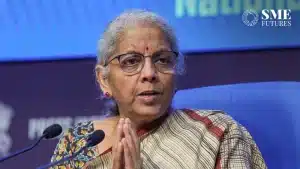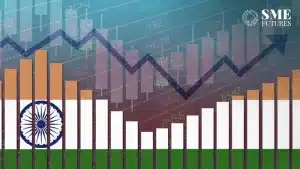As Budget 2024 approaches, there’s a significant opportunity to unleash the potential of gold loans for grassroots economic growth and enhanced financial inclusion. With Indian households collectively holding approximately 25,000 tonnes of gold, making them the world’s largest gold holders, integrating gold loans into priority sector lending could bridge credit gaps in rural India.
Sumit Sharma, Founder of Radian Finserv talks about the need to address persistent requests. He says, “It is crucial that small-scale gold loans, amounting to Rs 50,000, and permitting a loan-to-value (LTV) ratio surpassing 75%, be equated with microfinance lending. This parity is essential for fortifying financial inclusion. Additional measures for concessional credit within this sector can unearth the vast potential of dormant gold reserves, especially in rural India, where the credit supply is alarmingly low at 8%.”
Recognising the significance of gold loans have proven to be a reliable financial safety net as they provide immediate funds during crises, Sharma believes Budget 2024 can unlock dormant economic potential at the bottom of the pyramid, extending financial services to those who need it most.
Sharma hopes the budget to draw a parallel between gold loans and microfinance, advocating for similar considerations. He says, “Treating small gold loans in alignment with microfinance lending is more than symbolic; it holds the promise of fostering greater financial inclusion.”
Further, Sharma expects Budget 2024 to introduce concessional credit measures. This forward-looking approach aims to bridge the credit gap hindering rural development. With credit supply in rural India standing at a mere 8%, he says, “Budget 2024 can position gold loans as a strategic lever to address this imbalance. Encouraging financial institutions to extend credit with favorable terms will empower rural communities for sustainable growth.”
The recognition of gold loans will signify a pivotal moment in India’s economic strategy. Aligning them with microfinance lending and introducing concessional credit measures, can set the stage for unlocking rural India’s latent economic potential, building a more inclusive and resilient financial ecosystem.










